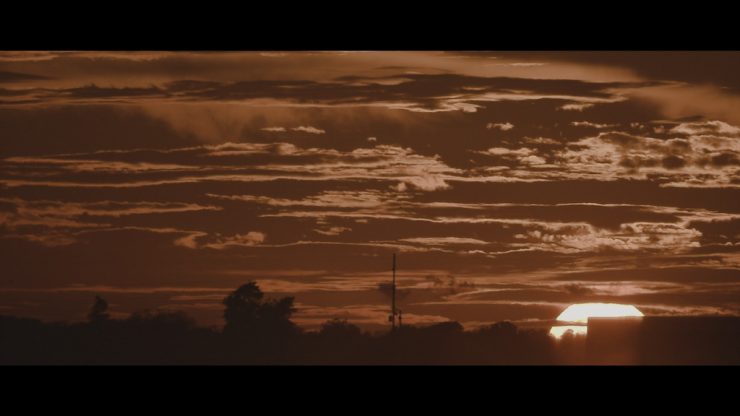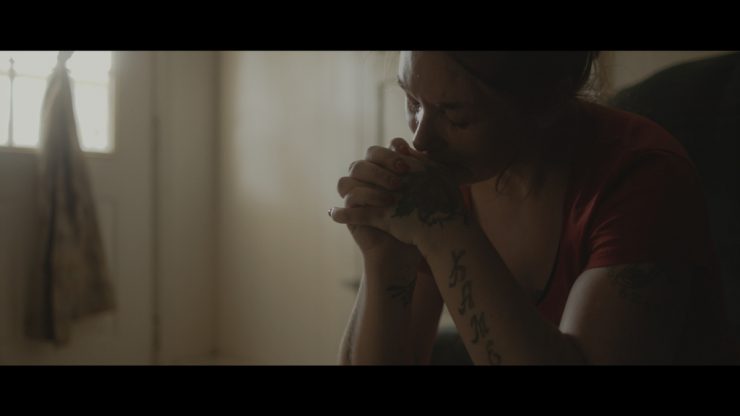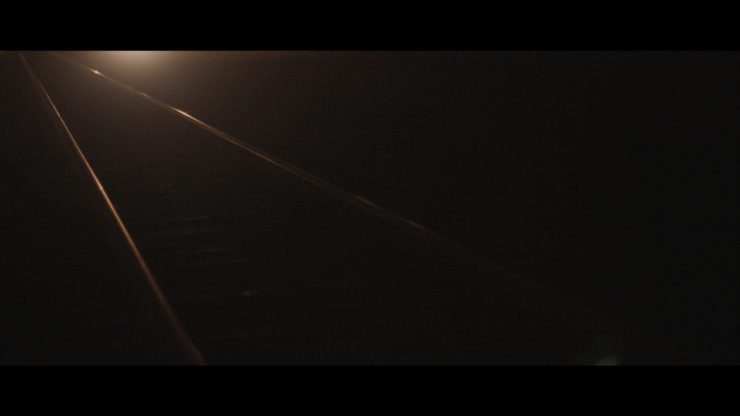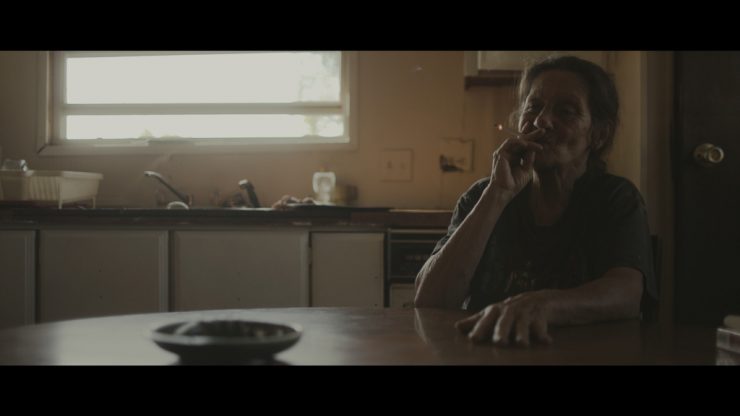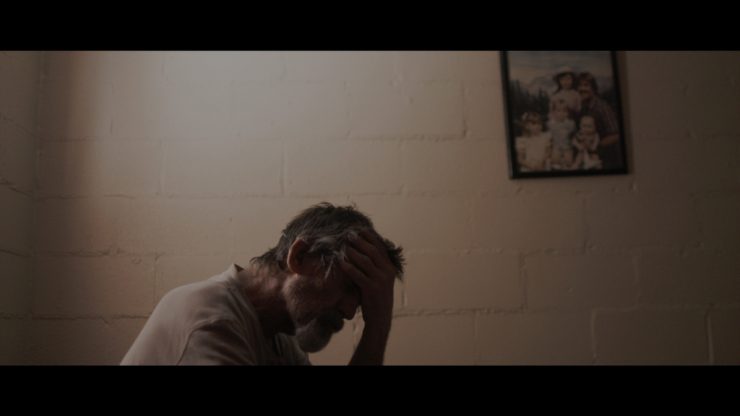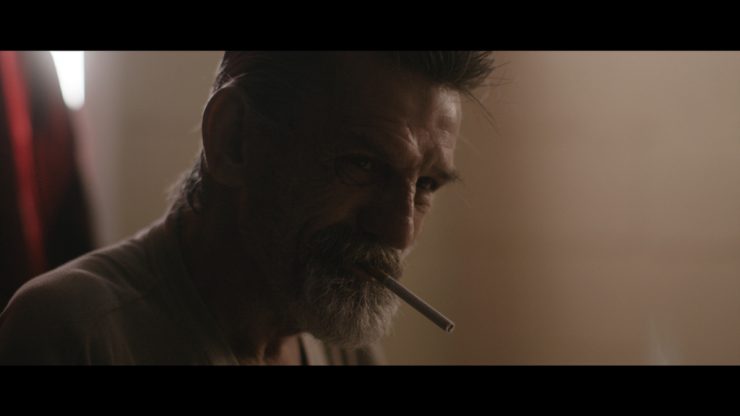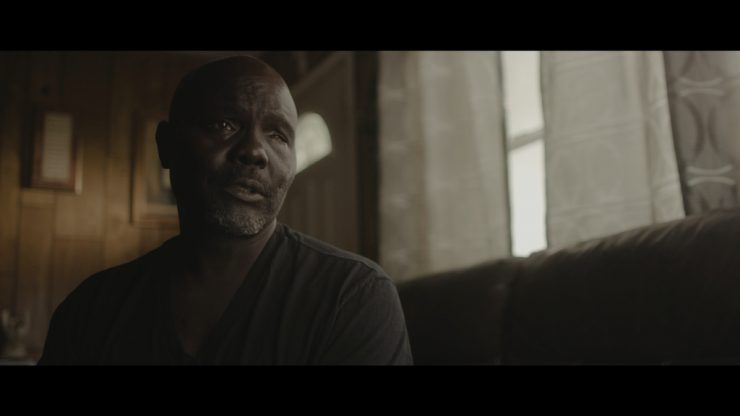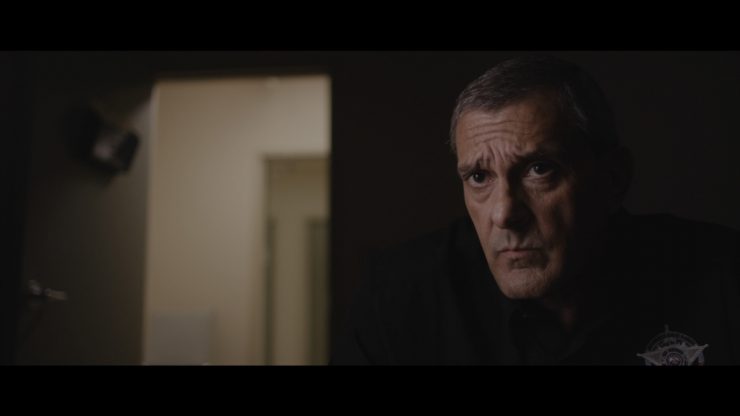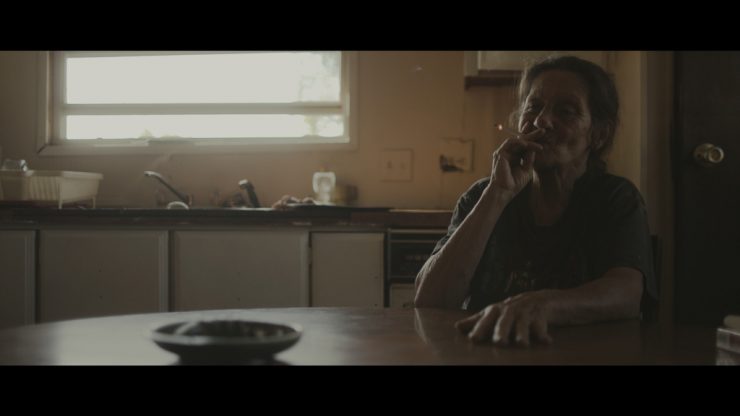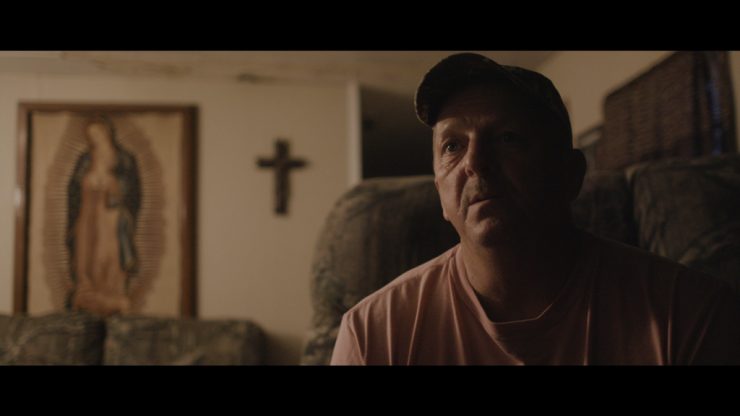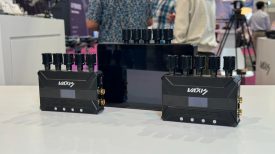Murder In The Bayou is based on the best-selling book by Ethan Brown, It is now a five-part true-crime docu-series that investigates the unsolved murders of eight women whose bodies were discovered in drainage canals and on desolate back roads in and around Jennings, Louisiana.
Update from Jeff Hutchens: “Hi guys – thanks for the kind words. I’m on a shoot right now but just wanted to weigh in quickly on the trailer – because I agree the color is off. Unfortunately, sometimes the promos for the series are cut before the finalized color correct has been done – so while they did a nice job on the edit for the trailer, the color is substantially off and not representative of the finalized show. I supervised the color correct for all five episodes, so please use the framegrabs included with the article as the reference point for the actual color. Thanks!”
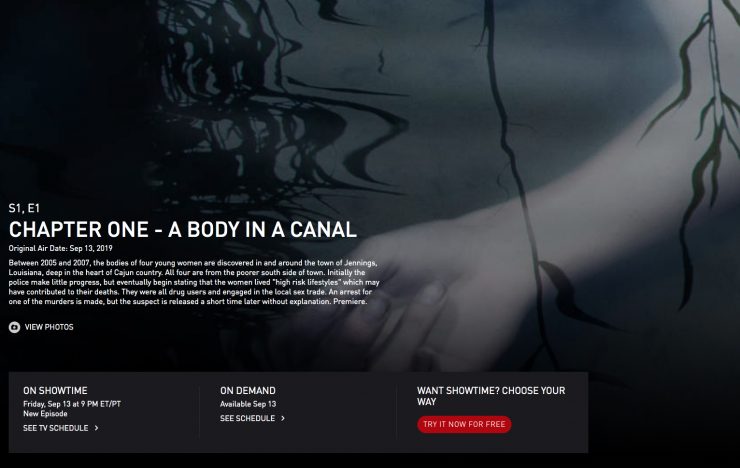
In examining the lives of the young victims and the violent sex and drug trade they were a part of, the series uncovers the secrets of this troubled town. These discoveries lead to more shocking revelations, exposing corruption, bad actors and institutional injustices that have left the town still searching for the truth.
I caught up with DP Jeff Hutchens to talk to him about Murder In The Bayou. I wanted to ask Jeff about his experiences shooting the show, because, in my opinion, this type of documentary is right up there at the pinnacle of factual shooting.
Murder In The Bayou is not only beautifully shot, but it is also a gripping real-life story.
Please tell our readers a little bit about your background
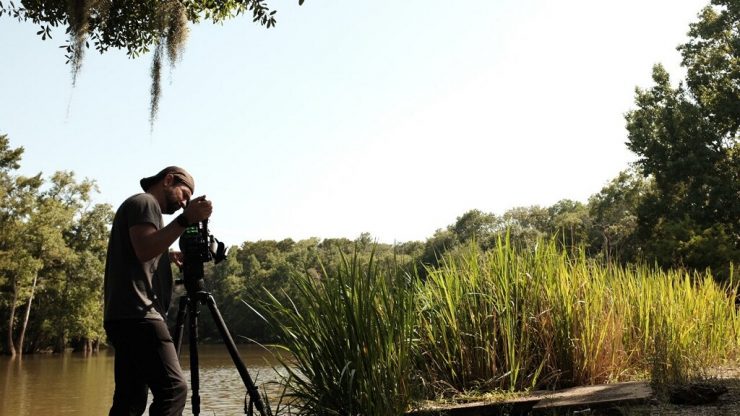
I grew up all over the US and across China, South Africa, and the Philippines as a kid – we bounced around a ton. After graduating from college with a psychology/pre-med major I went into still photography. For the next 11 years, I worked as a photojournalist – mostly international assignments – predominantly long-form, social-documentary work for magazines. Around 2012 I switched across to cinematography and have spent the last seven years DP’ing a variety of documentary series and theatrical feature documentaries for Showtime, HBO, CNN, and The National Geographic Channel. I’m based out of Washington, D.C., but spend anywhere from 7-8 months out of the year on the road for assignments.
What is “Murder in the Bayou” about?
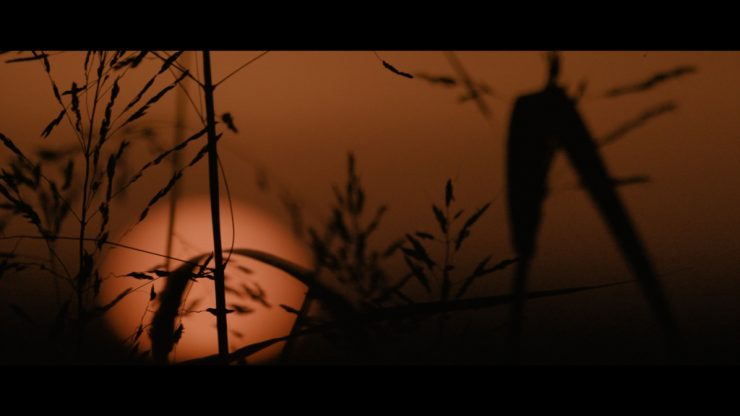
“Murder in the Bayou” is a five-part documentary series investigating the unsolved murders of eight women whose bodies were discovered in drainage canals and on desolate back roads in and around Jennings, Louisiana – a small town of ten-thousand people which sits off of a major highway (and unfortunate drug artery) in the southern US. The documentary, based on investigative reporter Ethan Brown’s best-selling book of the same name, examines the lives of the victims and the violent sex and drug trades around them, uncovering undercurrents of corruption in a troubled town.
How did you become involved in this series?
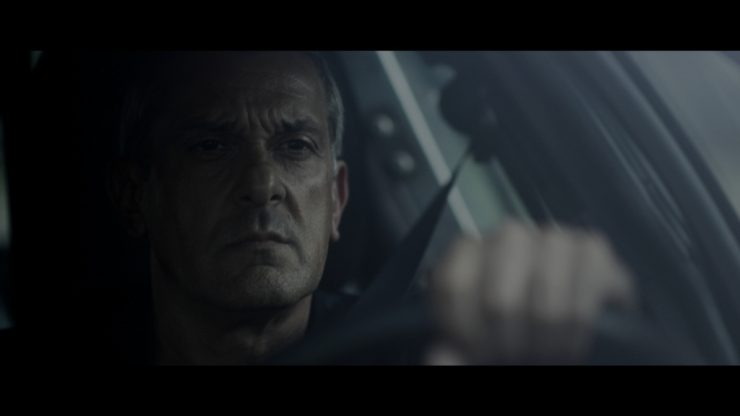
Matthew Galkin, our director, reached out to me in early 2017 for a one-day shoot in DC for a different project – they needed some atmospheric b-roll taking the pulse of Washington, D.C. on the day of Trump’s inauguration. So I spent the day wandering solo around the city, picking off images and scenes that captured the mood of the day. The shoot went well and that led him to think my natural aesthetic would be a good match for another project he had in the works. Three months later he dropped a line to see if I was interested in shooting a pitch tape with him for “Murder in the Bayou” in Louisiana. Matthew and Ethan Brown (the investigative reporter who wrote the definitive book on the case) had already made several trips to Jennings, establishing some incredible relationships in the area – so we were able to pull together a very strong pitch tape off of interviews and some scene work from two fast and furious shoot days. Showtime really connected with the pitch and after a few months of pre-production we went into the field for our first shoot.
Was there a certain style that needed to be used for this series, or were you able to have some creative input?
Having a sense of ownership and being able to establish a consistent visual language are pretty crucial elements for me with the projects I take – and I’m very appreciative of how our whole team pushed for those elements throughout production, and what we were all able to do together. I find with most of the projects that I sign on to, I’m hired for my inherent aesthetic (a blend of intimate naturalism and surrealist noir) which definitely comes out of my background as a still photographer. So, because of that, the visual approach for “Murder in the Bayou” emerged very organically in response to the story. Matthew, Josh Levine (our producer), and I spent a lot of time talking together early on in the production process about our approach and making decisions about our overall aesthetic framework. Since we are all very visually literate, the process was collaborative in a way that helped build the visual response to the story. In those relationships and across our team as a whole, there was a very solid element of trust – which I’m thankful for because of how it freed us up to experiment. I shot every single frame of all five episodes of the series, and given the very nature of docs and all the variables that are out of your control as things unfold in real-time, the visual execution is on your shoulders as the cinematographer. It’s crucial to be exceptionally present and to anticipate what’s coming to make sure you are in the right place at the right time for the story. So in terms of creative input, I felt like this project was a perfect fit.
What was the look and style you were trying to achieve? Did you have to do anything different to achieve this style?
Big picture, we wanted the series to be truthful and naturalistic in its approach – not to draw attention to itself stylistically – but to feel like a seamless part of the Jennings, Lousiana milieu.
With a substantial amount of the story being past tense, we knew we’d be doing a lot of interviews, and it was incredibly important for us that the interviews didn’t feel as though they were just a rote way of delivering information, but rather they were compelling verité scenes in their own right. We wanted it to feel like you were breathing the same air as the person talking, you were sweating from the same Lousiana heat, you were firmly and fully with them in real-time. So most of our job was removing distractions that would take you out of that immediacy. Many of the folks that we filmed with were captivating storytellers, wholly without artifice, who spoke with an incredible cadence as they parcelled out their narrative. Our job was to create the space for them to share and make it feel like you were sitting on the floor in front of them as they spoke, wondering what they would say next.
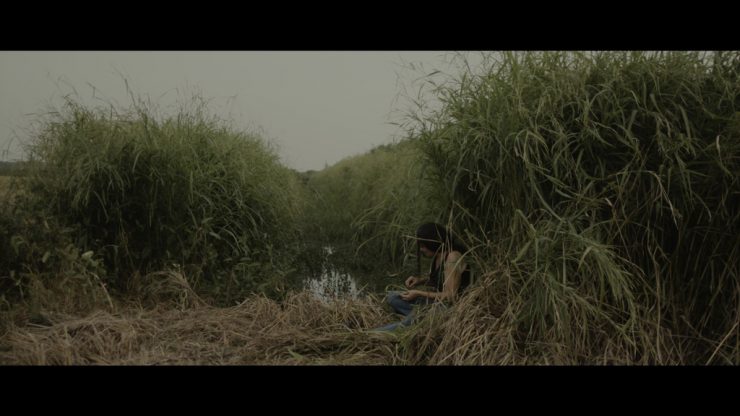
We also knew that we wanted to establish the Lousiana landscape surrounding Jennings, as well as the town of Jennings itself, as their own characters within the series. So we approached that as a combination of slow-drift, semi-static images on sticks, as well as larger tracking shots through town, across the surrounding bayous and farm fields. We didn’t use any drones in any part of the series – everything on that side of the aesthetic equation was a combination of car mounts, boat mounts, and handheld stabilizer work.
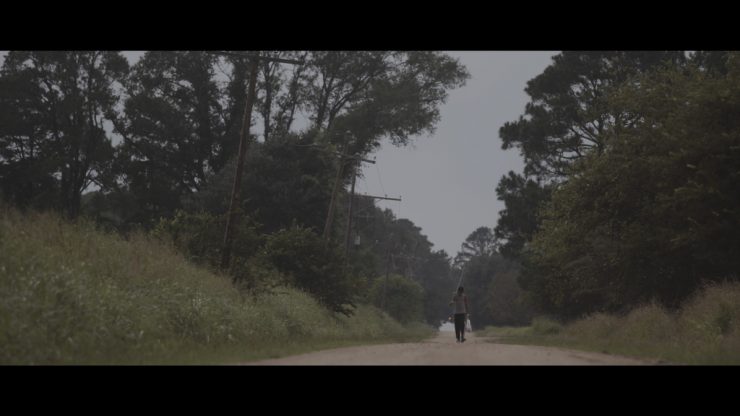
There were a couple of past-tense scenes that we filmed as recreations, but in keeping with the understated aesthetic of the rest of the series, we did those as locked-off tableaus rather than bringing in any actors or doing any camera movement. So those scenes exist almost as still photographs, lit with a touch of surrealist naturalism, each frame having a slight element of movement within its locked-off composition – rain falling on a background window, smoke trailing up from a half-smoked cigarette, tree branch shadows undulating on a wall. We did all of those sequences on the Alexa Mini with vintage Kowa Anamorphic glass to subtly separate things out from the majority, present-day, scene work of the series.
It looks like you went with a decision to not use any lights for interviews. I think it works for this series, as it adds a certain amount of realism. Was that your goal?
I’m so glad you asked that question! We actually lit almost all of these interviews. There are one or two that we went ambient for – but the majority of them are lit. Our goal was for it to never feel lit and for the sources to feel as though they were naturally occurring. As a still photojournalist for so many years, I’ve always been fascinated by natural light and love observing how it falls across a space. One of the first things I do when I walk into a room is turn out all the lights – it gives me a sense of how to augment what is organically there, how to shape it in a way that feels like it belongs in the environment, how to create a frame illuminated in such as way as to not draw attention to itself. With five episodes in the series and eight cases to unfold alongside all the present-day case developments, our interviews could last as long as six hours. Skies in Lousiana (especially in the summer) are constantly changing, so even when you think you have a clear block of cloudless time, that changes pretty quickly and it’s a downpour before you know it. So it’s hard to rely on natural light, but for all intents and purposes, I lit things in a way that would mimic exactly how it would look if you had.
What equipment did you use?
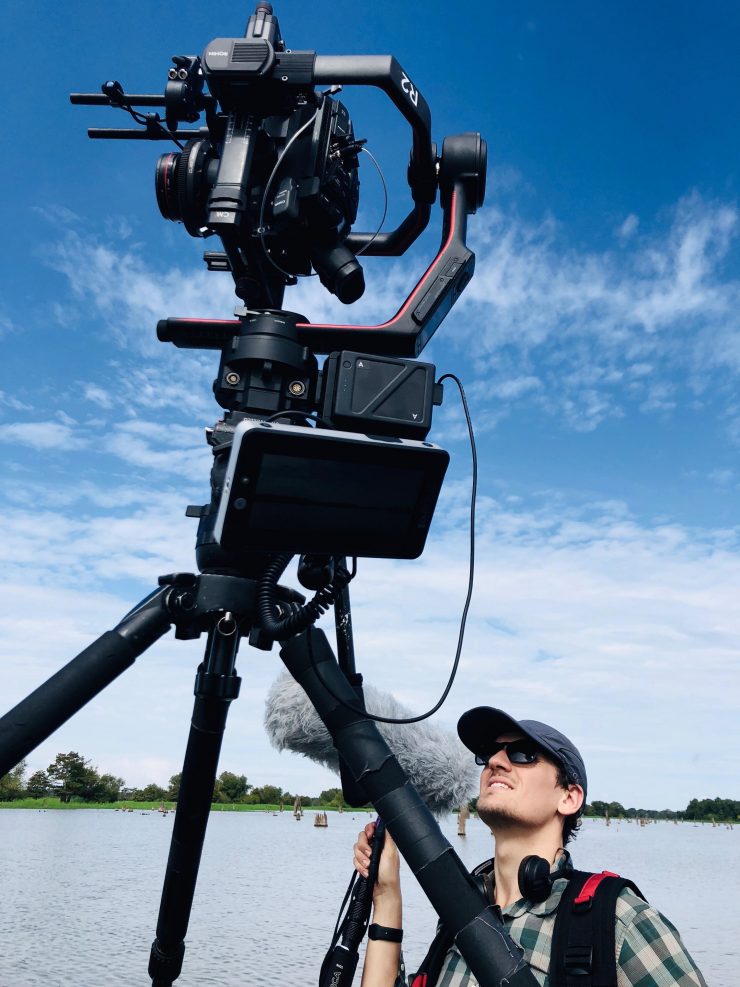
I shot all of the verité scene work as single-camera coverage on a Canon C300 Mark II. For the interviews I was operating two C300 Mark IIs, nested close to each other, A-angle on a 24mm, B-angle usually on a 50mm, sometimes an 85mm. We went with 1/8 Black Pro-Mist on all the lenses to help feel Louisiana’s humidity. For fixed car mounts we’d use a Matthew’s Master Mount suction cup system, and for moving (remote head-style) mounts we used a DJI Ronin 2, with CineMilled mounting accessories, a RigWheels Cloud Mount, and a Tilta Nucleus wireless follow focus system. Handheld Ronin work was done with a Ready Rig with Pro Arms, and I’d pull focus on the Ronin with a Tilta handgrip. Sticks were a combination of a carbon fiber set of Miller legs with a Compass 15 head and, for the second set of sticks for interview B-angles, I’d use a Sachtler Flowtech.
I shoot the C300 Mark II very stripped down, no clamshell or shoulder rig. One of the most important pieces for me is the ability to be as agile as possible when I shoot, I want to be light to react, to move, to anticipate without being weighed down. I keep an old school Zacuto EVF mounted to the hot shoe of the camera on a micro ball head so I can swivel the viewfinder in any direction I want – and I always cradle the camera out in front of me. That combination lets me move and compose in unique ways and get into spaces that might otherwise be tricky with a larger setup. I’ve tried different viewfinder options but always default back to that Gen. 1 Zacuto. It has a larger picture than the distant postage-stamp-size that most viewfinders have for their display, and that immerses me in the scene and allows me to stay attuned to subtleties on the edge of the frame.
We were dual-system picture/sound, so no audio hop to the camera, but in order to keep an exact timecode match for post-syncing we used Tentacle Sync boxes – I love those little guys. Whenever I’m shooting though I’m always listening with one ear to an IFB (wireless audio feed). In scenes with multiple people, I’ll usually ask to hear the sound person’s pre-fade stream – in effect their raw feed – rather than their mixdown. Even though it’s slightly crazy-making because you are simultaneously hearing several open lavs and a boom all coming through the same earbud, it gives you the ability to read the emotional tone of a room – you can hear a breathing change in someone off-camera that clues you in to their emotional state, you can pick up a nervous tic in a wide shot, or register that split second before someone’s about to speak so you can adjust your framing. It’s a critical element of anticipating how a scene will unfold without being able to have your eyes on everyone at all times.
Lensing for MITB was 90% primes – mostly all 24mm, 50mm, 85mm Canon L-series lenses, shot predominantly wide-open at f/1.4, f/1.2, and f/1.4 respectively. Occasionally we would go to a 70-200mm, a 16-35mm, or a 100mm macro. A small matchstick Paralinx transmitter (powered off an Anker USB brick strapped to the camera handle) wirelessly fed a gold-mount powered SmallHD DP7 monitor.
Lighting and grip was a combination of 2x 800 Watt Joker HMIs, Aladdin Flexlights (2x 200 Watt 1×4 Bi-colors and 1x 50 Watt 1×1 Bi-color), 1x 2ft Quasar Science Q-LED RGB tube, Lee 216 diffusion, and Matthews C-stands to position everything (coated black to minimize errant reflections). Cinefoil (black wrap) and 4×4 black floppy flags were instrumental for light control. I’d often use a soft silver bounce board to return light in the interviews – which I usually prefer over white side beadboard because of the specular light quality the silver provides.
How big was the crew?
For the vast majority of the project, we were an incredibly small team in the field, with our director Matthew Galkin, myself as DP, Ben Sellers as sound, Ben Maner (alternating with John-Carlo Monti) as the AC, and Suzanne Giordano as our line producer. Josh Levine, our producer, was also in the field with us when he wasn’t working with our post team. All that to say, we were a really tight crew.
How long did the series take to shoot?
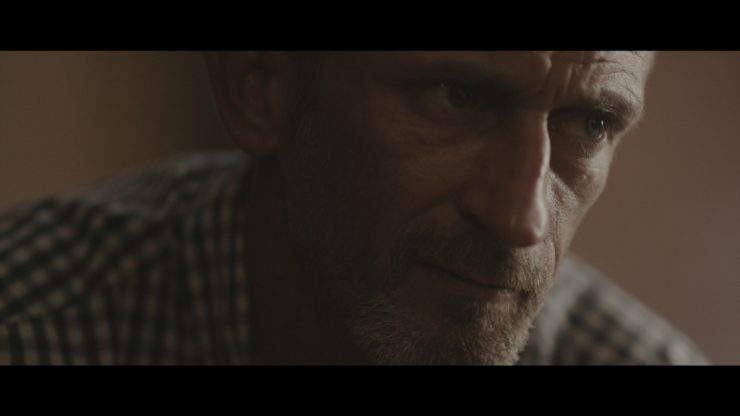
We shot just shy of 60 days in the field, spread across a year, for the five, one-hour episodes.
Were there any challenges or obstacles you had to overcome?
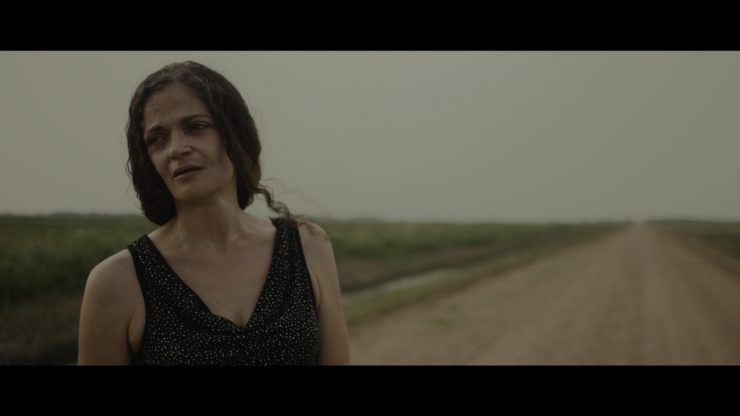
I think any time you are working around such sensitive and emotionally charged situations, with people inviting you into their homes and trusting you to represent their story, you need to be incredibly aware of how you move and of the space that you create for them. Our whole crew very much felt a responsibility to be tonally right, factually accurate, and above all, humanizing and respectful of the people who’s stories we were sharing. Working in documentaries it’s crucial to stay aware of that responsibility each and every day.
What did you learn from shooting this series?
I’ve always enjoyed smaller footprint teams where everyone is hyper-focused, and this project really solidified that for me. Everyone across all stages of production from pre-pro through the field through post, really cared about what we were doing and paid attention to not only the big picture, but to subtle details along the way. Everyone was a strong collaborator and everyone was invested in the series, in the people, and in moving the cases forward, and I really appreciate being able to be a part of a shared vision.
Is there anything you would have done differently?
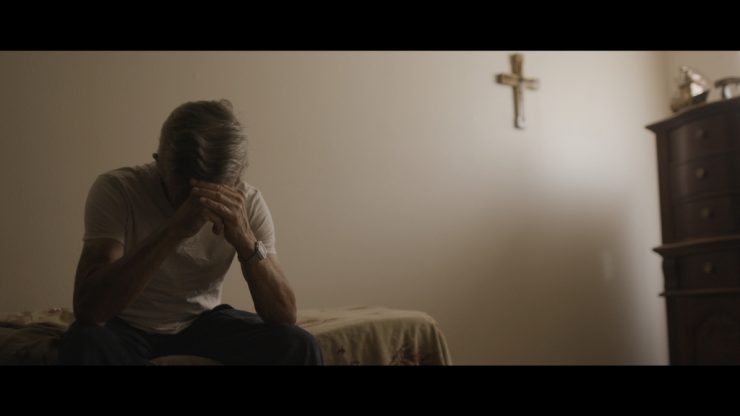
There’s always one or two spots which would have been helped by more cooperative weather, shooting at a different time of day, or a slight camera adjustment. But part of what I love about documentaries is the challenge of working within the confines of the real world in the hopes of creating something which speaks to the universal human condition. It’s oftentimes the limitations and imperfections of a real-time and place which make things all the more poignant.
Were you happy with the end result?
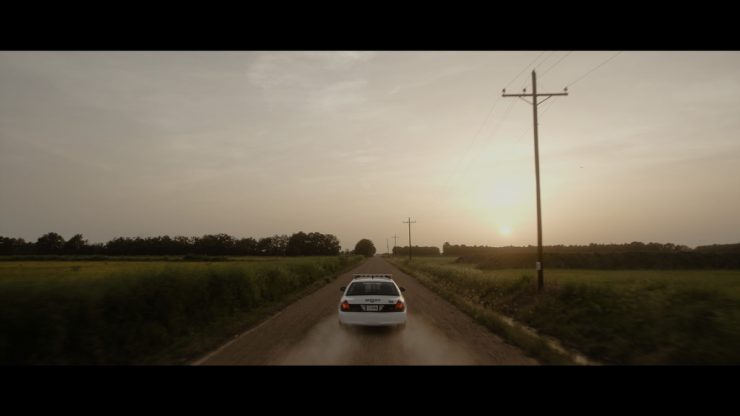
Yes, absolutely. We had incredible support all along the way from Vinnie Malhotra, our Executive Producer at Showtime, to everyone at the production companies – Fairhaven Films and Motto Pictures. And Matthew, Josh, and our edit team (Tim K. Smith, David Mehlman, Seth Bomse) did a tremendous job weaving together incredibly complex and multi-layered storylines and I feel like we landed a very consistent, naturalistic aesthetic which accurately captures the emotional landscape of the place – and most importantly, will hopefully move the needle forward in terms of finding justice in these cases.
Where can people watch “Murder in the Bayou”?
On Showtime in the US – it premieres September 13 at 9pm EST. Shortly thereafter it will be streaming on Hulu, and on additional platforms internationally.

